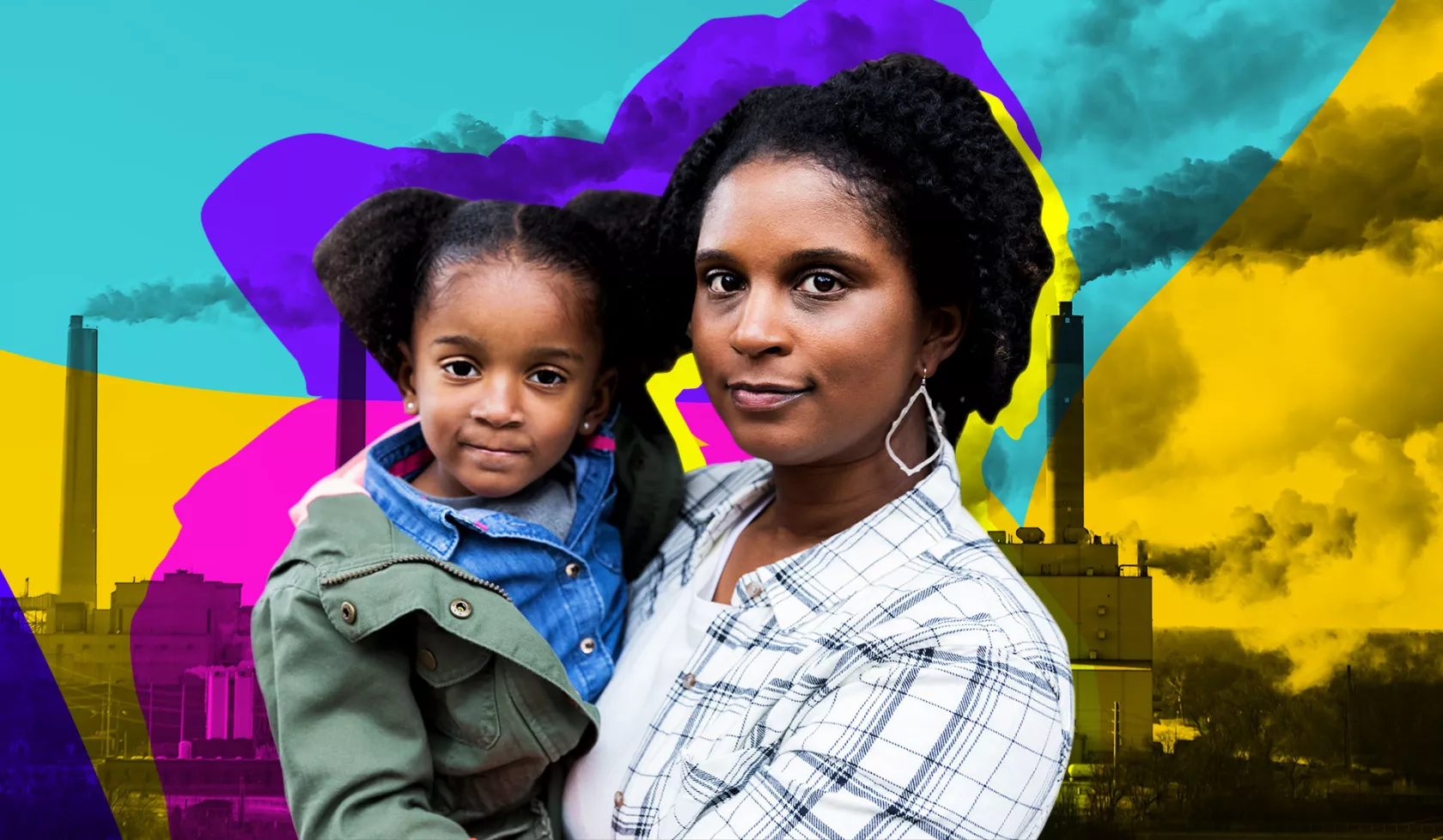
In the Eye of the Storm: A People’s Guide to Transforming Crisis & Advancing Equity in the Disaster Continuum

Environmental disasters cause widespread disruptions to daily life from which a community, individual, or organization could not recover without outside assistance. These kinds of threats are not randomly distributed. Communities of color and other frontline communities tend to live in the most at-risk environments and are more vulnerable to the negative impacts of these kinds of events due to a range of preexisting factors.
In the Eye of the Storm is designed to guide NAACP units and their Environmental and Climate Justice (ECJ) Committees through the process of building equity into the four phases of emergency management: prevention and mitigation, preparedness and resilience building, response and relief, and recovery and redevelopment. Each module of the toolkit can stand-alone and some communities might find that certain modules are more relevant to their community's needs than others. We recommend reviewing each of the modules in this toolkit to ensure that equity is built into each phase of the emergency management continuum.
1. The Big Picture on Equity Based Emergency Management
Explore the big picture for advancing equity based emergency management. We briefly outline our big picture vision for transforming our communities through a Just Transition before listing the core principles of equity in emergency management.
2. Emergency Prevention and Mitigation
The goal of the emergency prevention and mitigation phase is to proactively and retroactively implement strategies to eliminate the risk of disaster and/or to reduce the likelihood or severity of its impacts. Learn how to conduct a risk assessment and develop a risk mitigation plan.
3. Emergency Preparedness and Resilience Building
The purpose of the emergency preparedness and resilience building phase is to take actions to prepare for an emergency. During this phase, the community comes together to establish strategies and develop a plan for how the community will respond to disaster events. Learn how to conduct an equity based emergency management training, build social cohesion in the community, establish a community emergency response team, and the role of NAACP in ensuring equity and inclusion in emergency response plans.
4. Emergency Response and Relief
The third phase of emergency management, emergency response and relief, is where preparedness plans are put into action. During this stage, immediate actions are taken to provide essential emergency services such as shelter, search and rescue, medical care, etc. Learn how to assess disaster assistance services, conduct a preliminary damage assessment, advocate for an emergency declaration, monitor response effectiveness, and submit a civil rights, consumer, or environmental complaint.
5. Emergency Recovery and Redevelopment
Emergency recovery and redevelopment is the time period after the emergency where a community takes steps to recover from the impacts of a disaster. Learn how to incorporate equity into the short and long-term recovery process, including conducting an immediate needs assessment, convening a community visioning process, establishing a community benefits agreement, and completing a racial equity impact assessment.
6. Advocating for Equity in Emergency Management Policy
Learn the steps that advocates can take to pass equitable emergency management policy. We outline key strategies and offer our policy recommendations for each stage of the emergency management continuum.